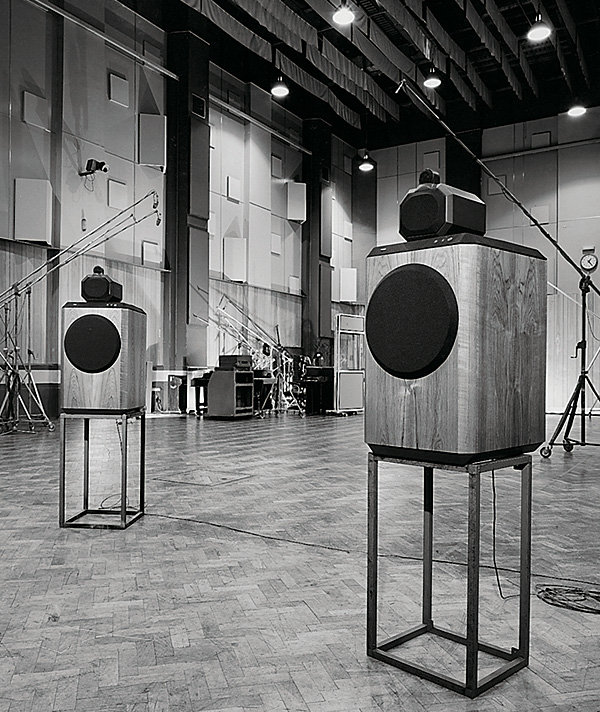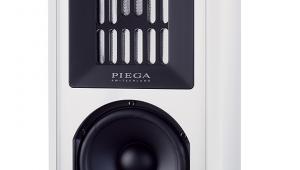B&W 801 D4 Loudspeaker From 801 To 801
The last-generation 800 series flagship was something of an outlier, being designated 800 D3, whereas its predecessors were all 801 models – now the company has returned to where it all started, with the original 801 of 1979. At the time, Bowers & Wilkins had been in existence as a speaker company for some 13 years, and founder John Bowers gave a simple brief to the engineers: they were to throw away the rulebook and develop the very best speaker they could, without any restrictions.

In fact, the manual accompanying those loudspeakers described them as 'the first commercial effort to develop and produce a loudspeaker that would reflect the highest standards attainable without regard to any of the so called "practical considerations" that inevitably compromise conventional designs'.
Four years of research went into the original 801 speakers, involving the innovative use of computer modelling and analysis. While this is a mainstay of loudspeaker design today, along with the use of laser interferometry to analyse driver motion, these techniques were all but unheard of back in the 1970s. The result was a speaker so unlike anything else on the market that an optional foam 'hood' was available for those users who thought it looked too radical! Already in place were the separate enclosures for the woofer, tweeter and midrange driver – still very much apparent in today's 801 D4.
EMI adopted the 801 as its reference monitor at Abbey Road Studios [see inset picture], a co-operation through successive generations of 800 series speakers that continues to this day, as does their use in many other world-leading recording facilities.
























































